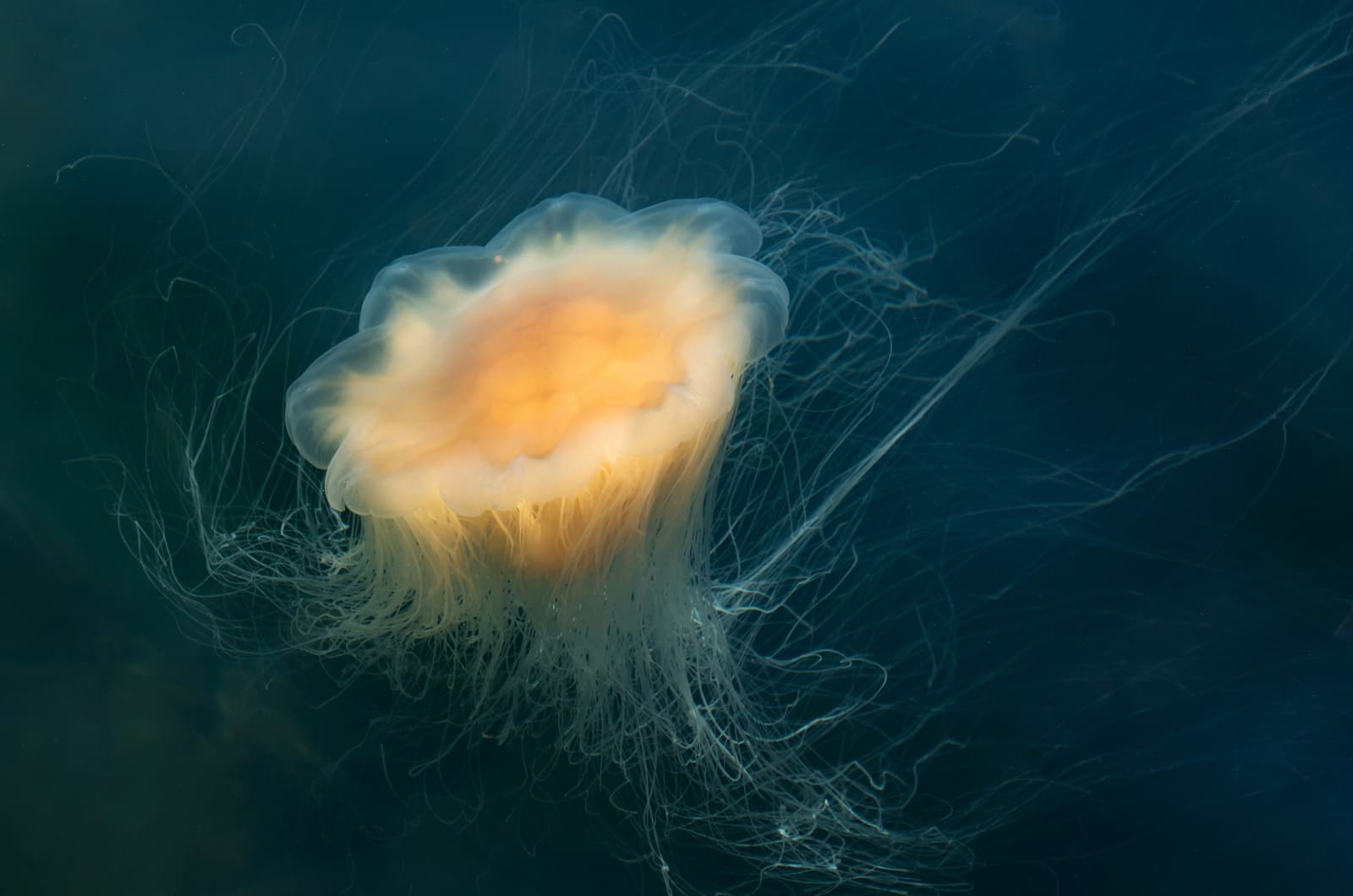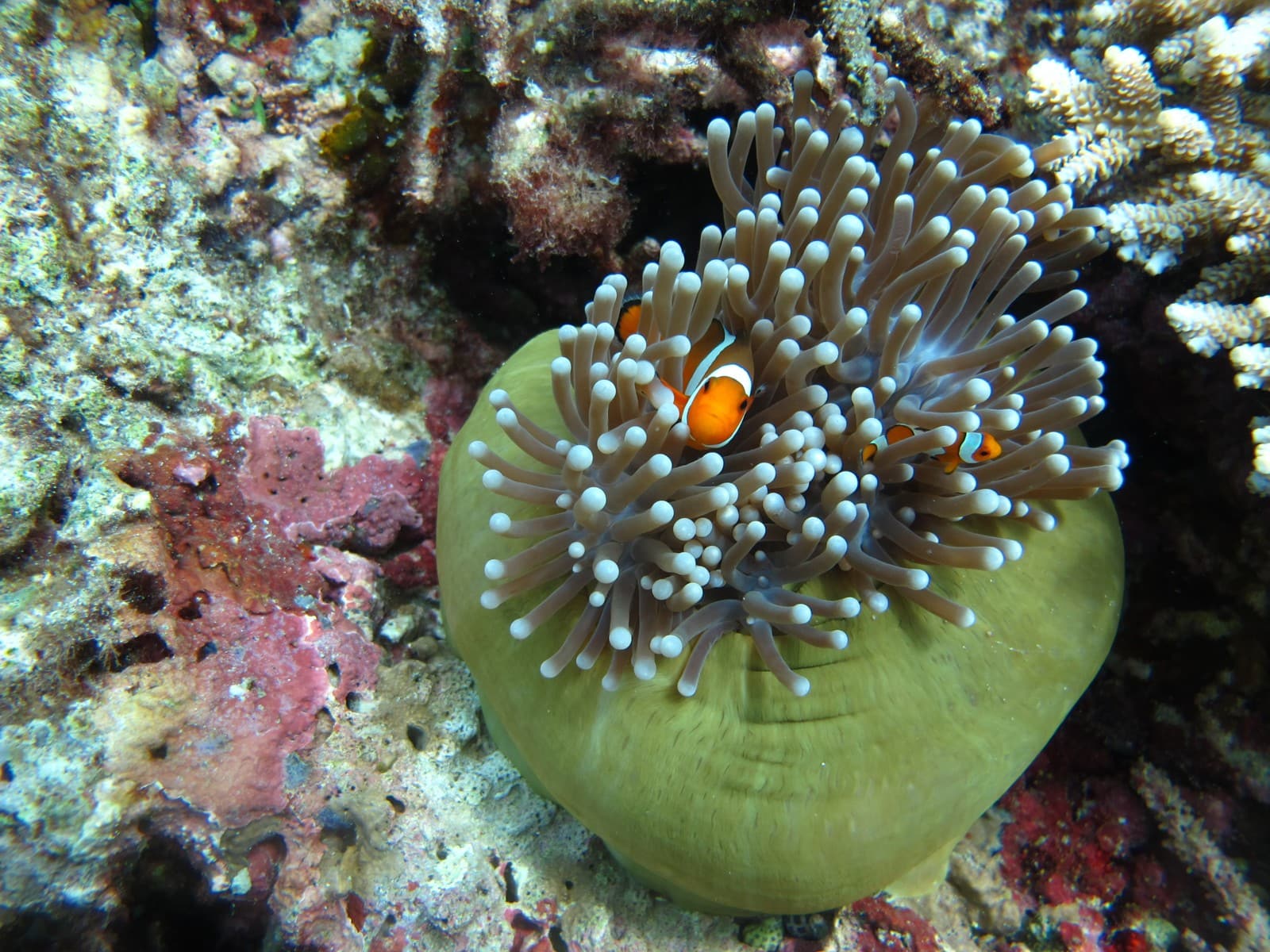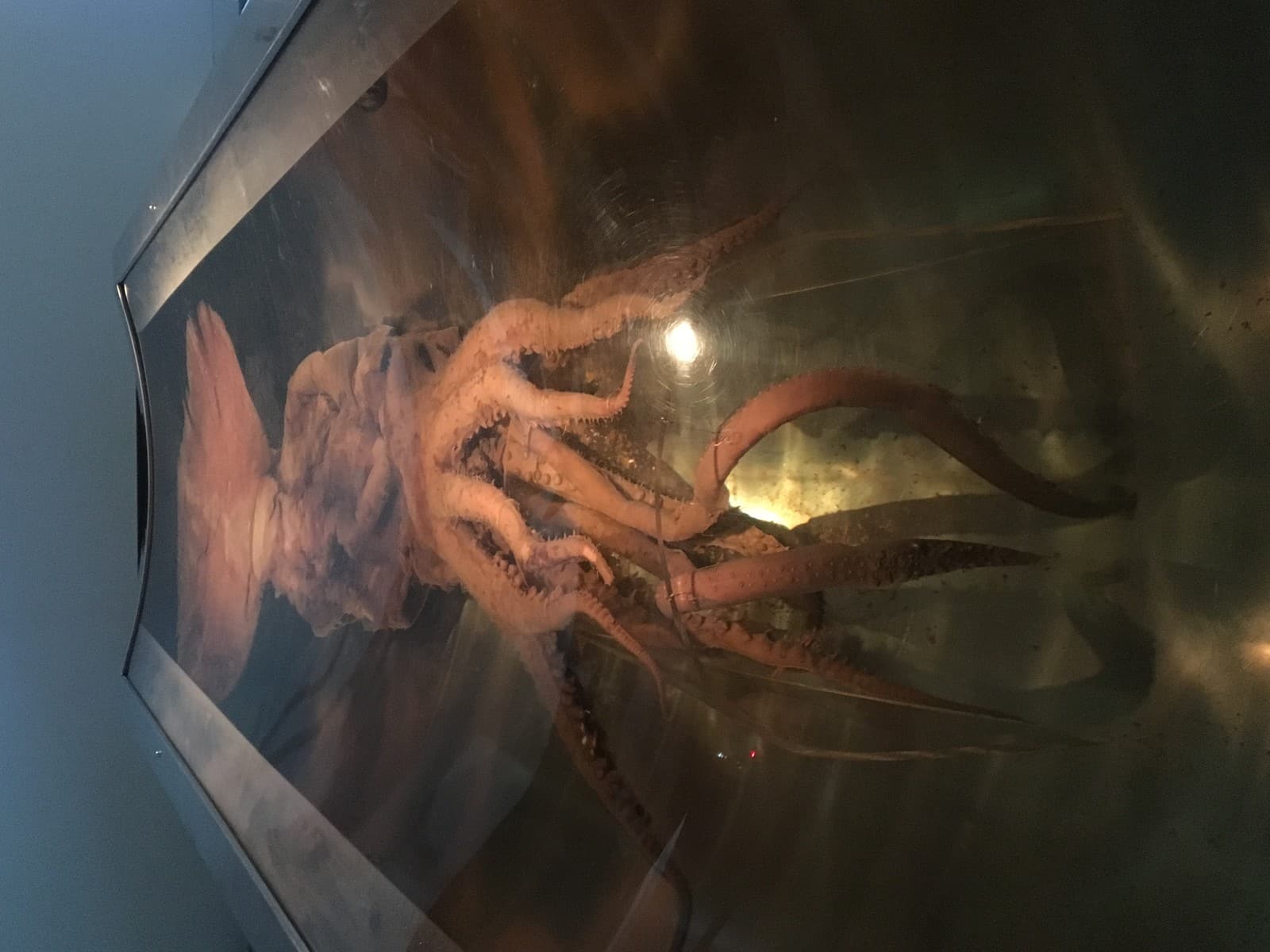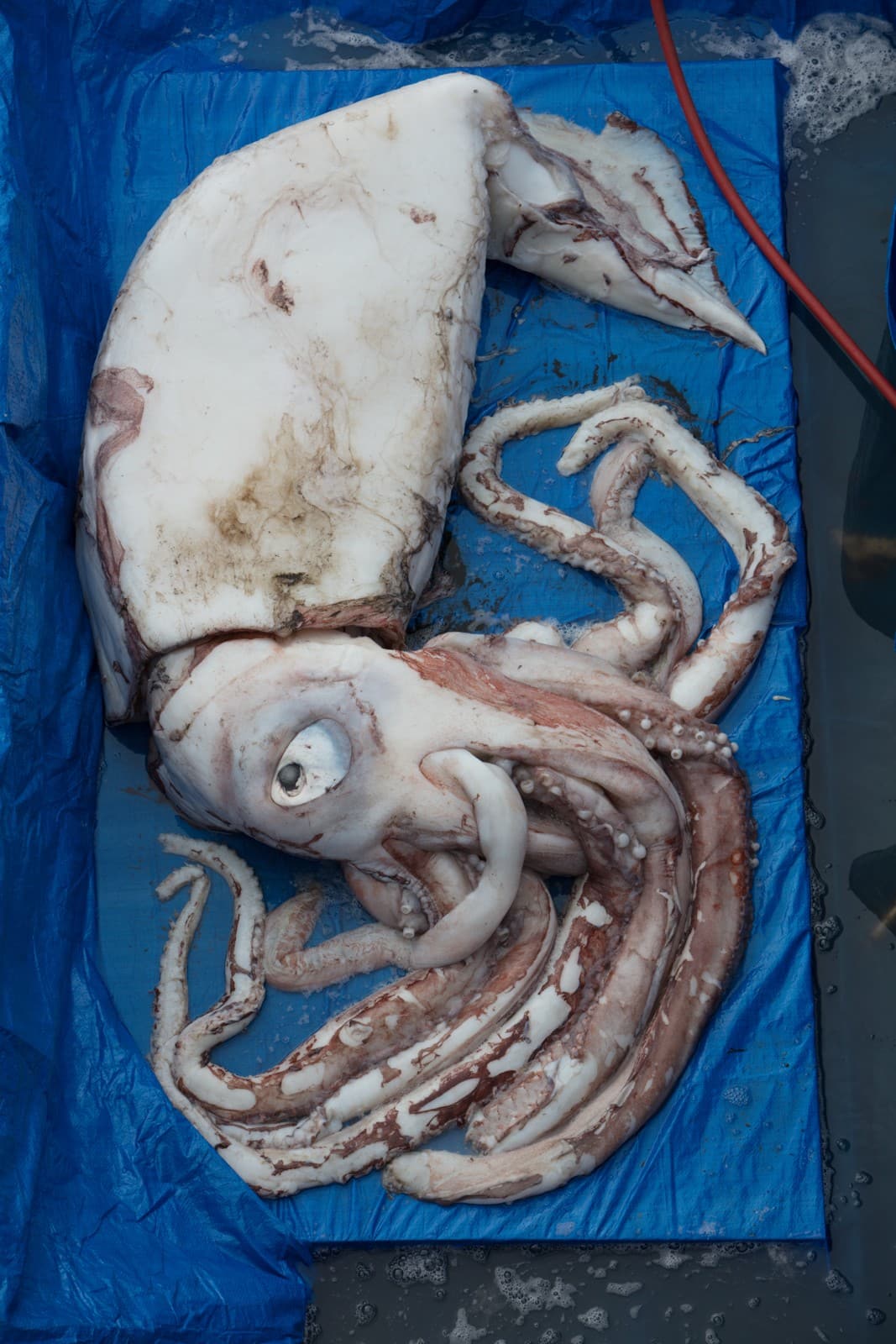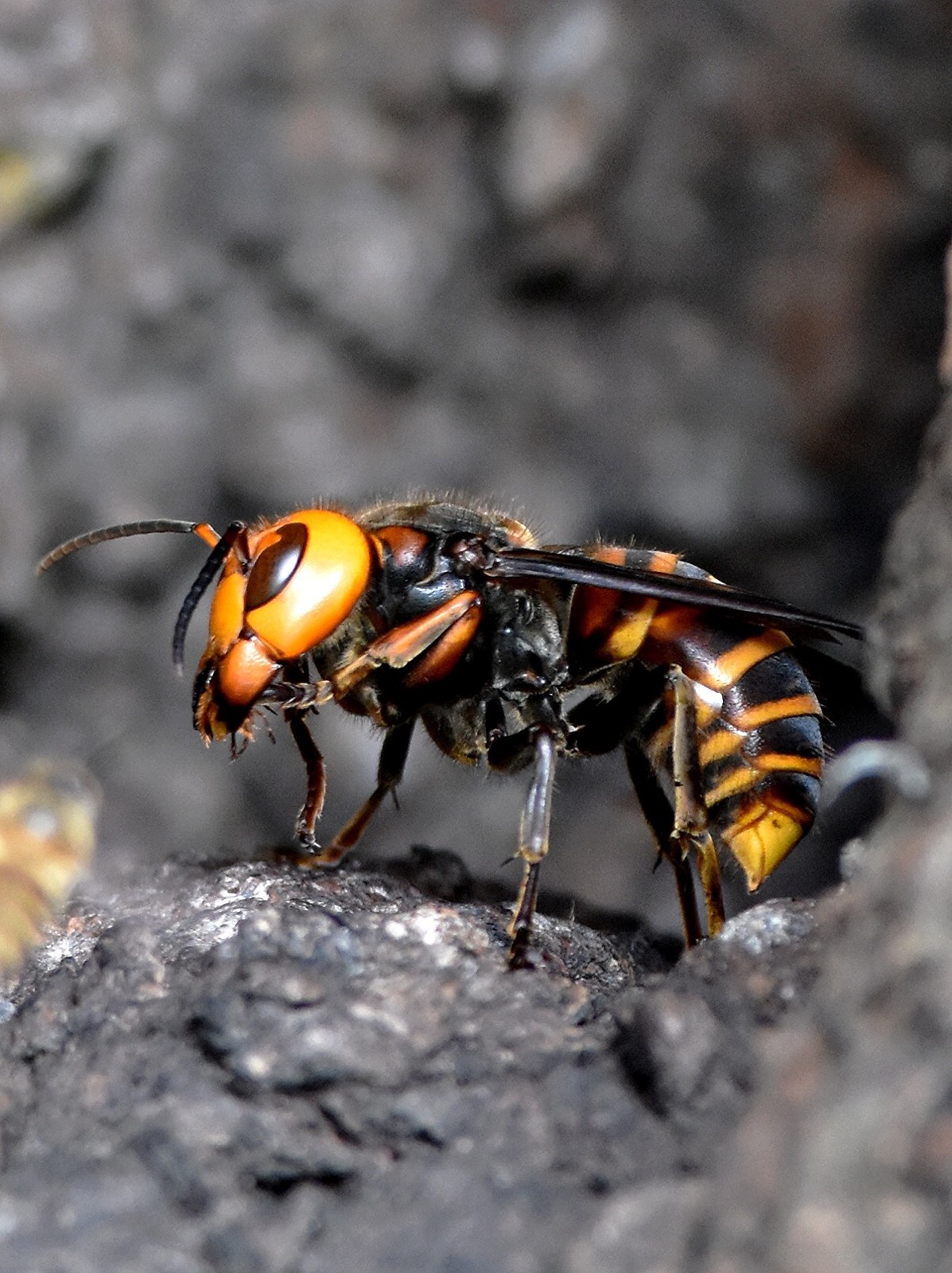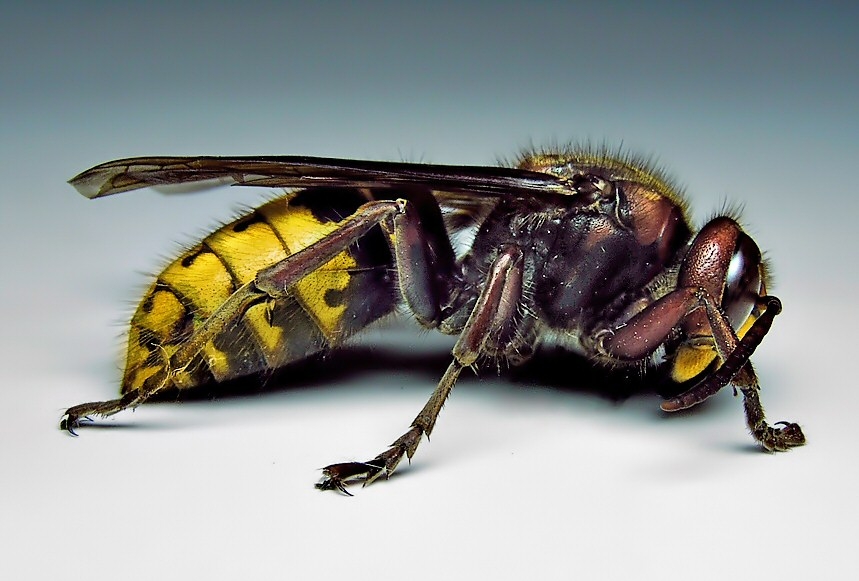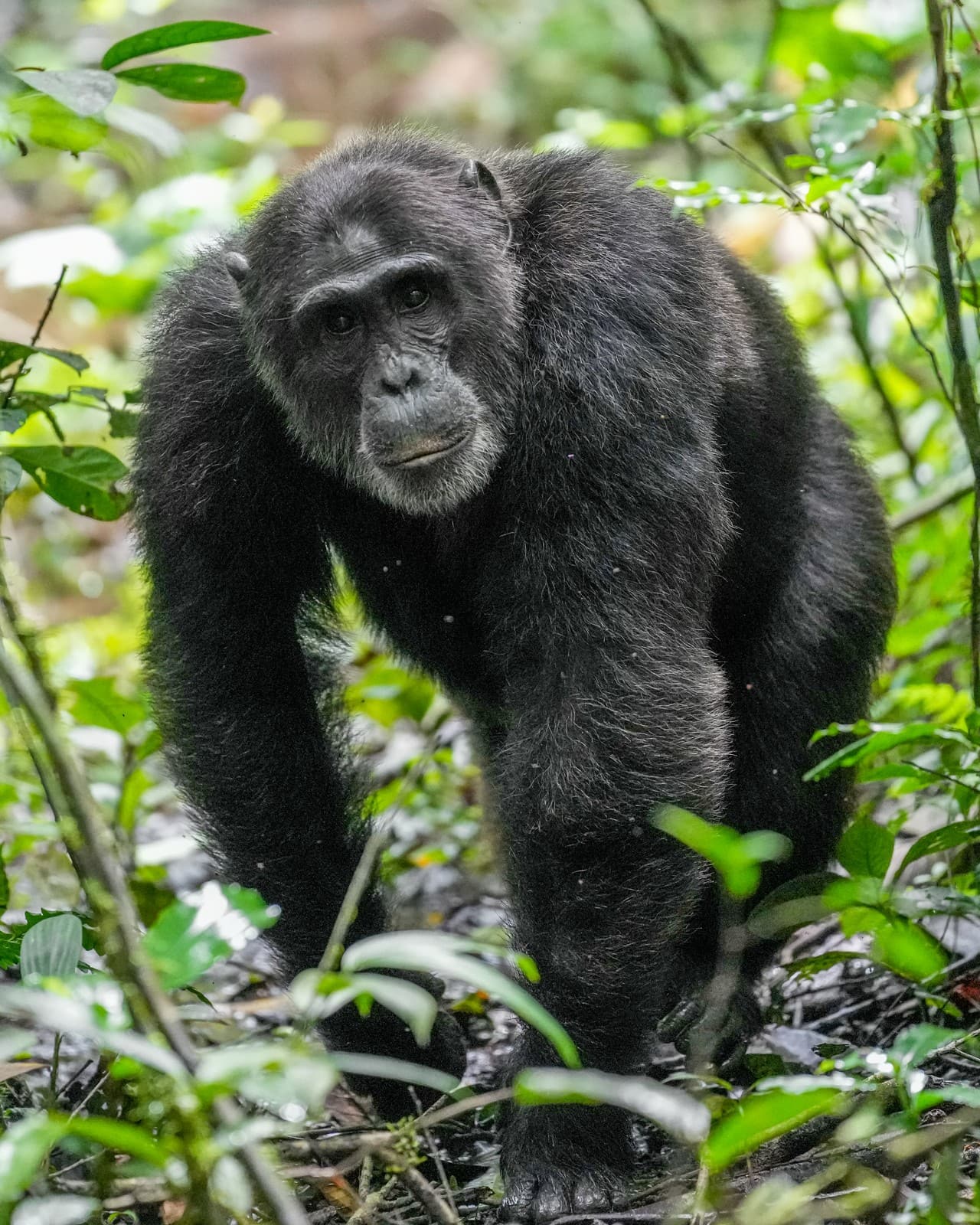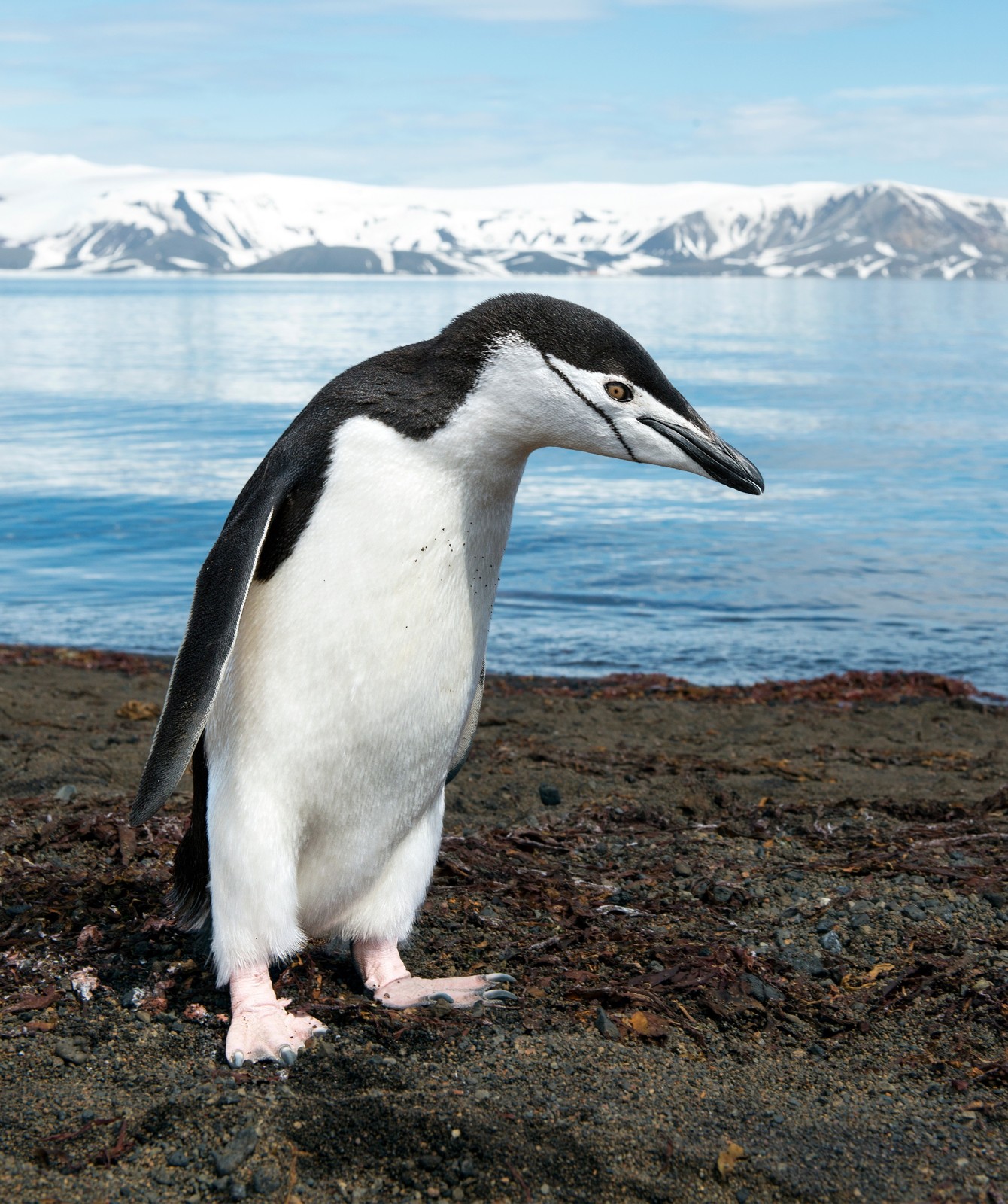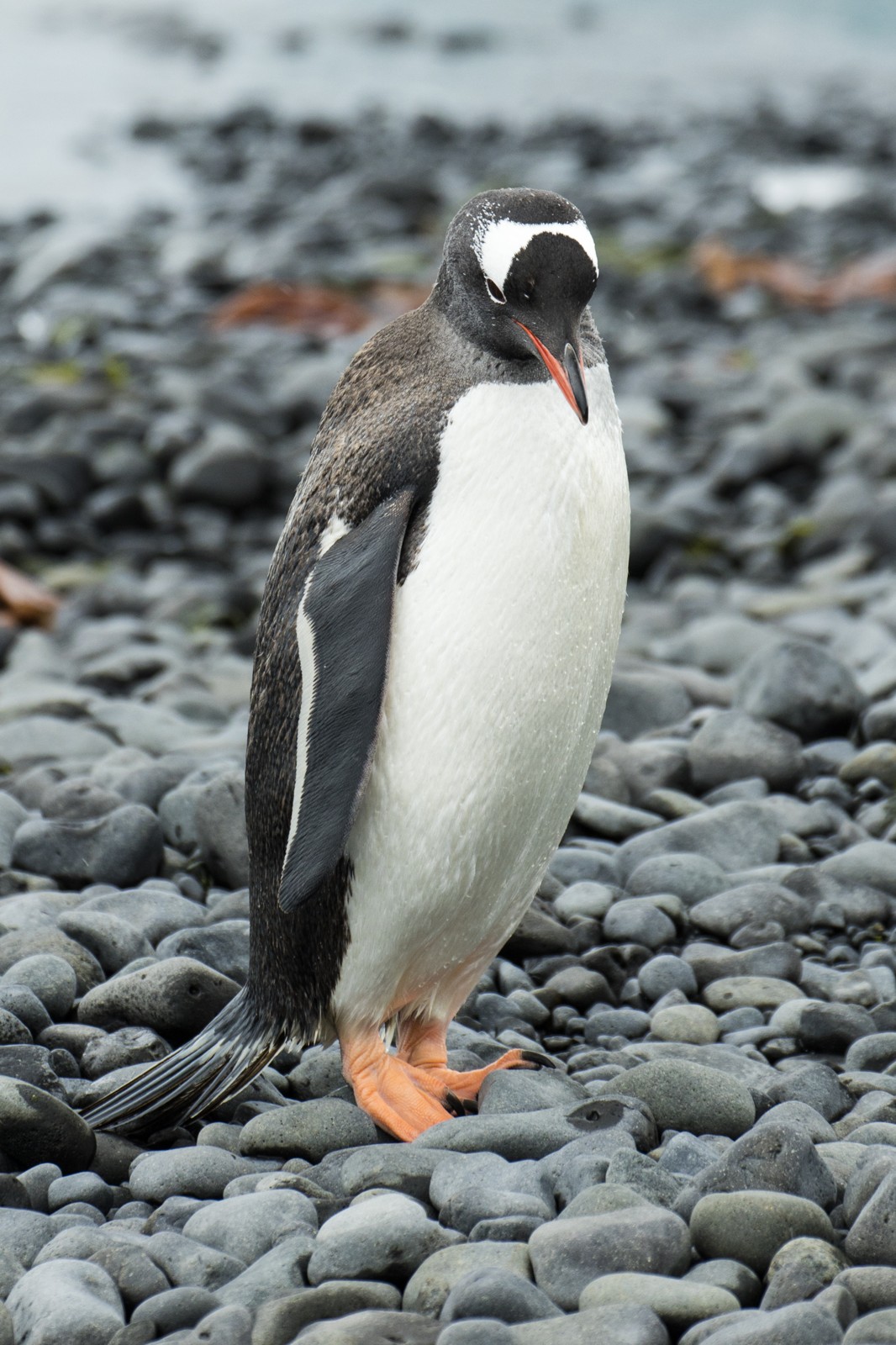Jellyfish vs Portuguese Man o' War: A Complete Comparison
Despite their similar appearances, the Jellyfish and Portuguese Man o’ War represent two fundamentally different marine organisms. While jellyfish are single animals with a simple nervous system, the Portuguese Man o’ War is actually a colonial organism composed of multiple specialized individuals working together. This crucial distinction affects everything from their hunting strategies to their sting severity.
The typical jellyfish measures 1-16 inches (2.5-40 cm) in diameter, while a Portuguese Man o’ War’s float can reach 6 inches (15 cm) with tentacles extending an impressive 165 feet (50 meters). Their venom potency also differs significantly, with the Man o’ War delivering a potentially lethal sting compared to the generally milder jellyfish sting.
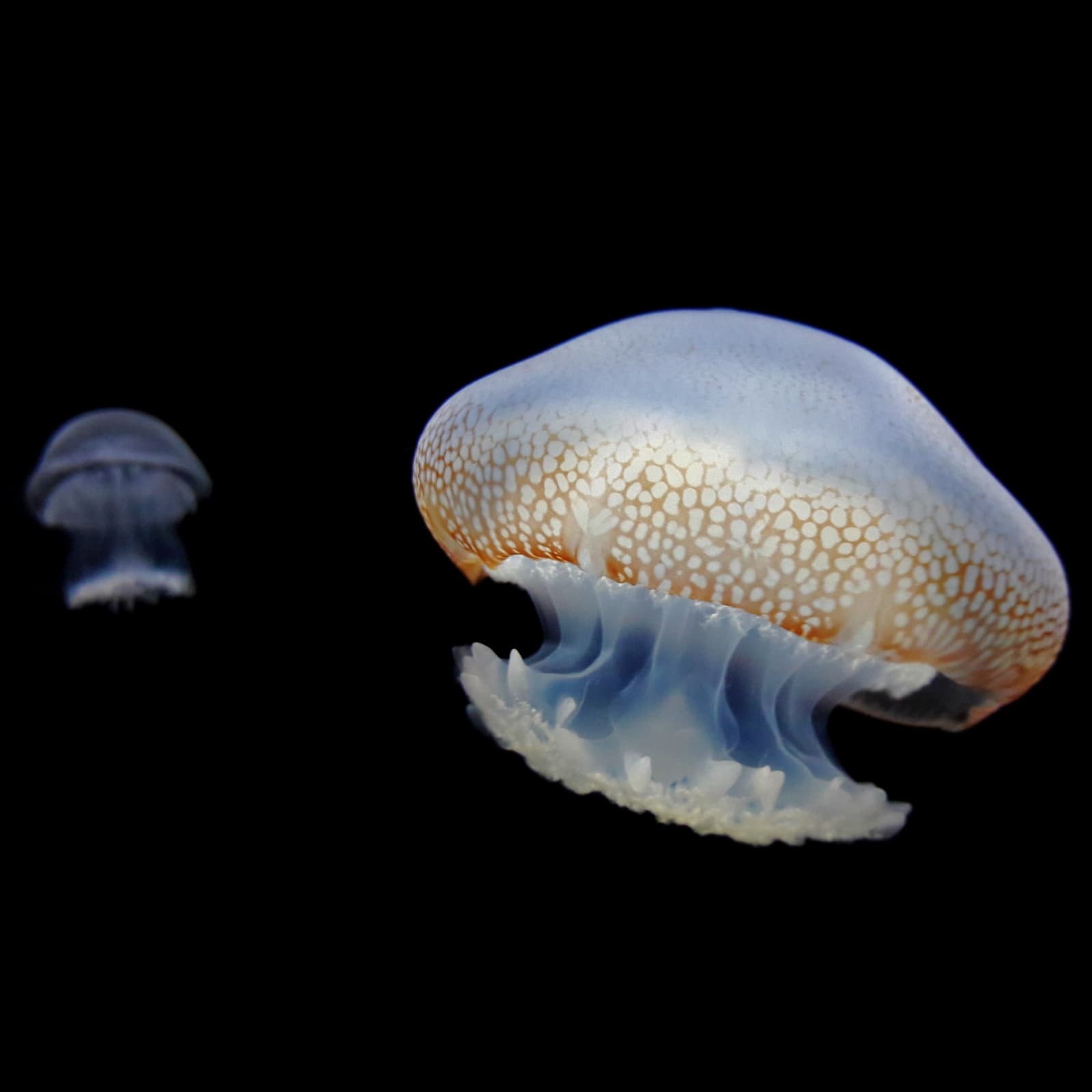
© Miguel Angel Omaña Rojas / CC0
True jellyfish possess a distinctive bell-shaped body with a single opening serving as both mouth and anus. Their pulsating movement allows them to navigate through ocean currents while hunting for small fish and plankton.
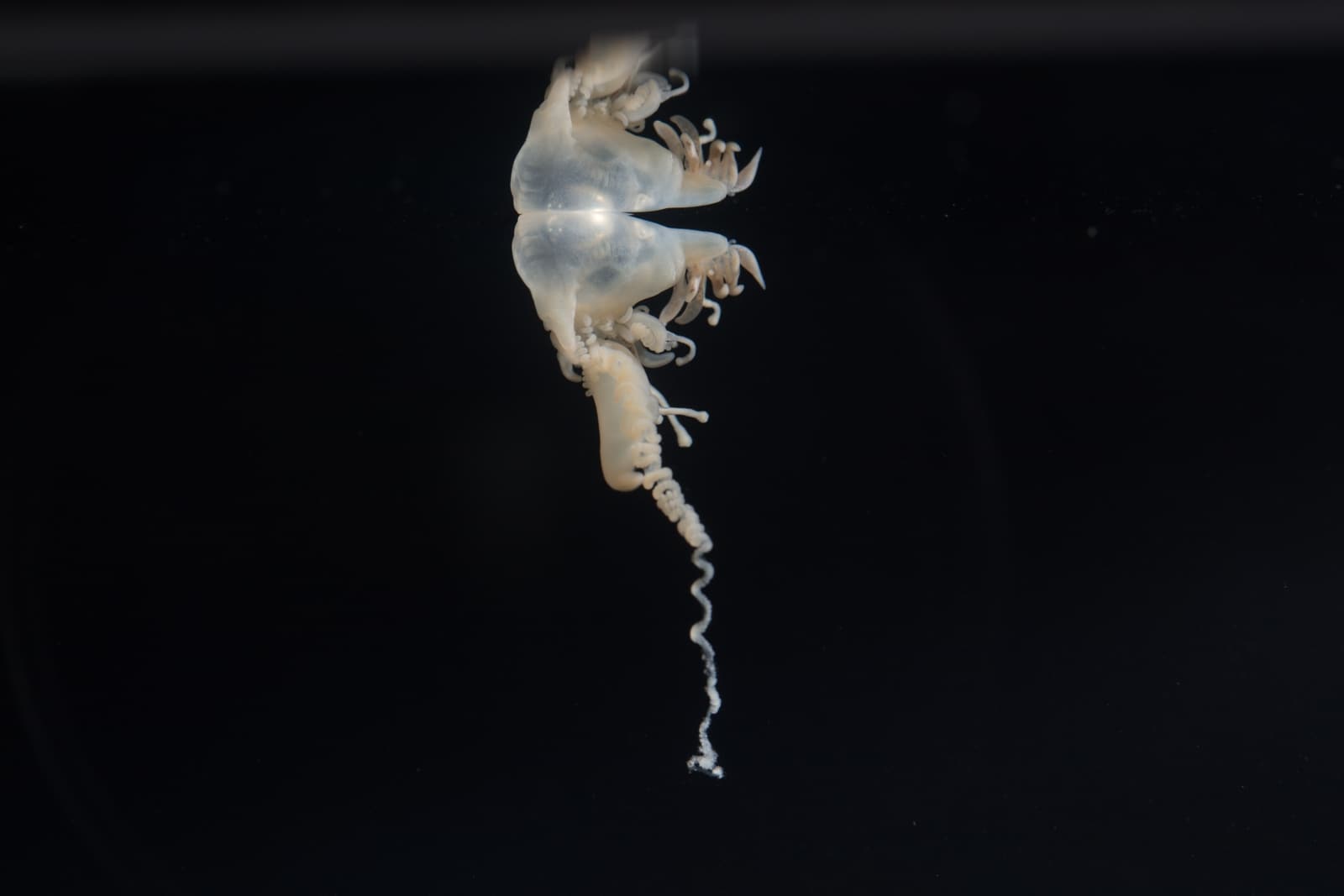
© Auckland Museum Collections from Auckland, Aotearoa New Zealand / CC BY 2.0
The Portuguese Man o’ War features a distinctive gas-filled float called a pneumatophore, which acts like a sail to harness wind power. This unique adaptation allows it to travel vast distances across ocean surfaces.
Key Differences Between Jellyfish and Portuguese Man o’ War
| Feature | Jellyfish | Portuguese Man o’ War |
|---|---|---|
| Classification | Single organism (true jellyfish) | Colonial organism (siphonophore) |
| Size | 1-16 inches (2.5-40 cm) diameter | Float: 6 inches (15 cm), Tentacles: up to 165 feet (50 m) |
| Movement | Active swimming through pulse propulsion | Passive drifting with wind-driven sail |
| Sting Severity | Generally mild to moderate | Severe, potentially lethal |
| Habitat | All ocean depths | Surface waters only |
| Lifespan | Several months to 2-3 years | Typically 1 year |
Anatomical Differences
The anatomical differences between jellyfish and Portuguese Man o’ War reflect their distinct evolutionary paths. True jellyfish possess a simple body plan with a bell-shaped medusa containing a basic nervous system and digestive cavity. In contrast, the Portuguese Man o’ War consists of four specialized polyp types: the pneumatophore (float), dactylozooids (defensive/hunting tentacles), gastrozooids (feeding), and gonozooids (reproduction).
Sting Comparison and Safety
While both creatures can deliver painful stings, their venom mechanisms differ significantly. Jellyfish stings typically cause localized pain and rash, requiring basic first aid. Portuguese Man o’ War stings, however, can trigger severe systemic reactions including:
- Intense pain lasting several hours
- Welts and severe skin reactions
- Difficulty breathing
- Cardiac complications in severe cases
Habitat and Distribution
Jellyfish inhabit all ocean depths and temperatures, from polar to tropical waters. Portuguese Man o’ War populations concentrate in tropical and subtropical surface waters, particularly in the Atlantic Ocean, Indian Ocean, and Pacific Ocean. Their distribution depends heavily on wind patterns and surface currents.
Ecological Role and Behavior
Both species play crucial roles in marine ecosystems, but their hunting strategies differ markedly. Jellyfish actively pulse through the water column, creating currents to trap prey. Portuguese Man o’ War employ a passive “drift and trap” strategy, using their long tentacles as floating fishing nets while being propelled by wind and currents.
Who Would Win in an Encounter?
In a theoretical encounter, the Portuguese Man o’ War holds several advantages over typical jellyfish:
- Longer tentacle reach (165 feet vs typically 6-8 feet for jellyfish)
- More potent venom
- Multiple specialized hunting organisms working in coordination
However, this comparison varies significantly depending on the jellyfish species involved, as some box jellyfish species possess equally potent venom.
Conservation Status and Threats
Both organisms face similar environmental challenges:
- Ocean pollution, particularly plastic waste
- Rising sea temperatures due to climate change
- Ocean acidification affecting prey availability
- Disruption of natural migration patterns
Understanding these differences helps marine scientists develop targeted conservation strategies while enabling beachgoers to better identify and avoid these potentially dangerous creatures.
